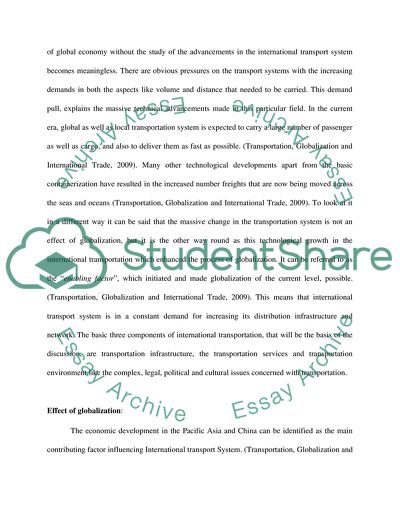Cite this document
(International Transport System Assignment Example | Topics and Well Written Essays - 3500 words, n.d.)
International Transport System Assignment Example | Topics and Well Written Essays - 3500 words. Retrieved from https://studentshare.org/engineering-and-construction/1724924-international-transport-system
International Transport System Assignment Example | Topics and Well Written Essays - 3500 words. Retrieved from https://studentshare.org/engineering-and-construction/1724924-international-transport-system
(International Transport System Assignment Example | Topics and Well Written Essays - 3500 Words)
International Transport System Assignment Example | Topics and Well Written Essays - 3500 Words. https://studentshare.org/engineering-and-construction/1724924-international-transport-system.
International Transport System Assignment Example | Topics and Well Written Essays - 3500 Words. https://studentshare.org/engineering-and-construction/1724924-international-transport-system.
“International Transport System Assignment Example | Topics and Well Written Essays - 3500 Words”, n.d. https://studentshare.org/engineering-and-construction/1724924-international-transport-system.


